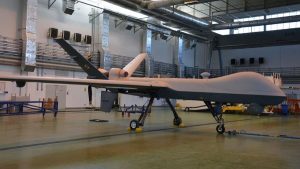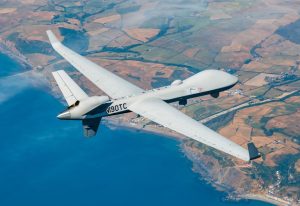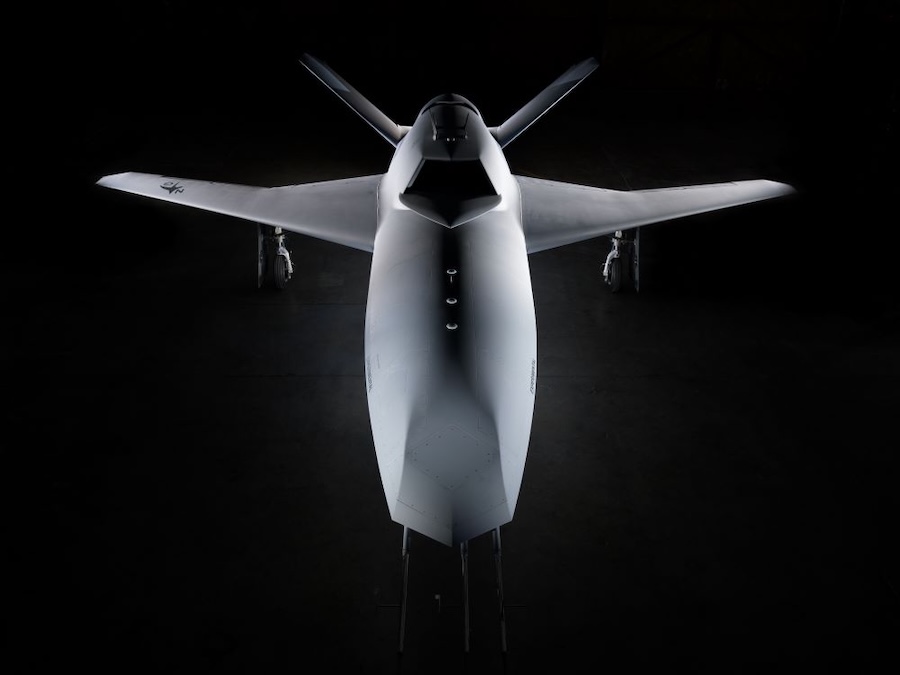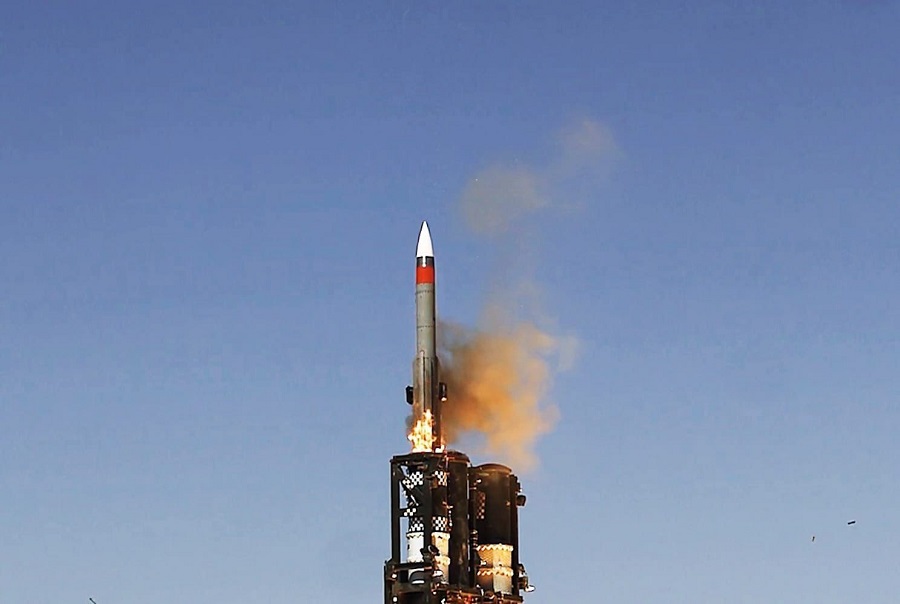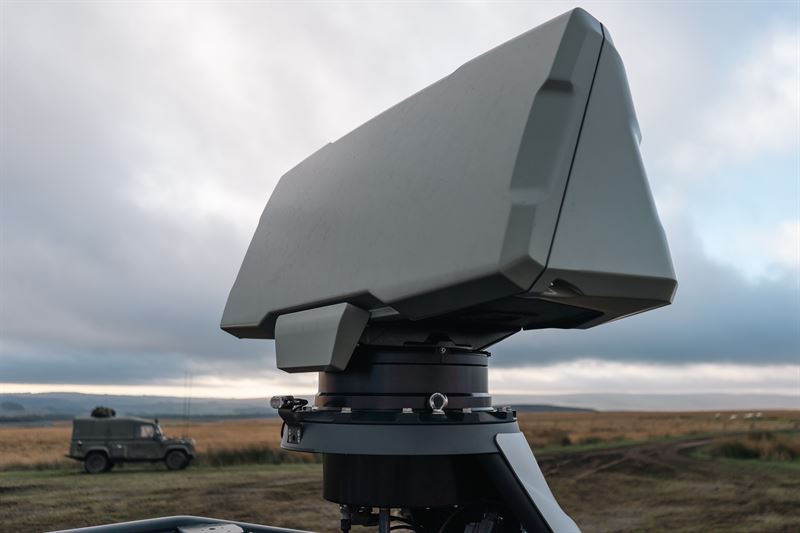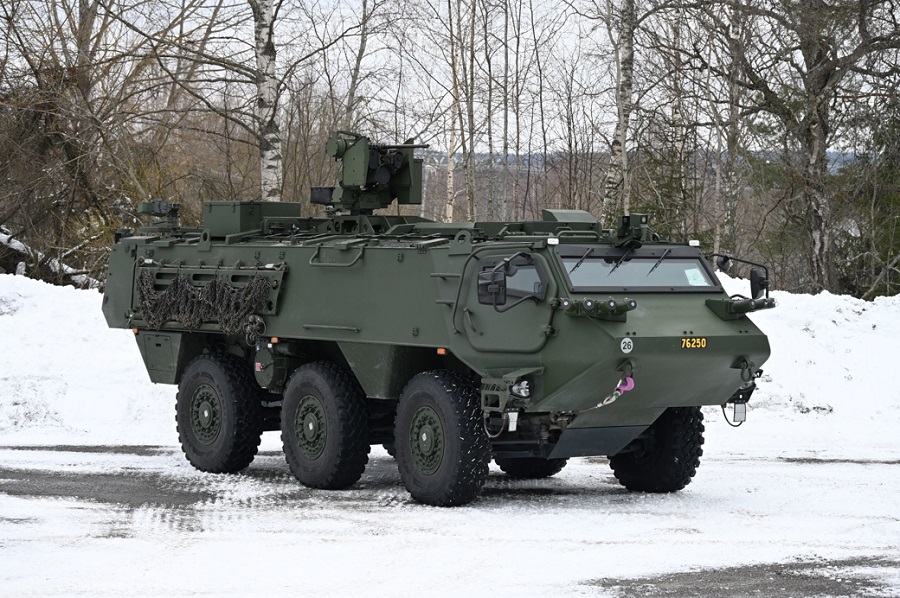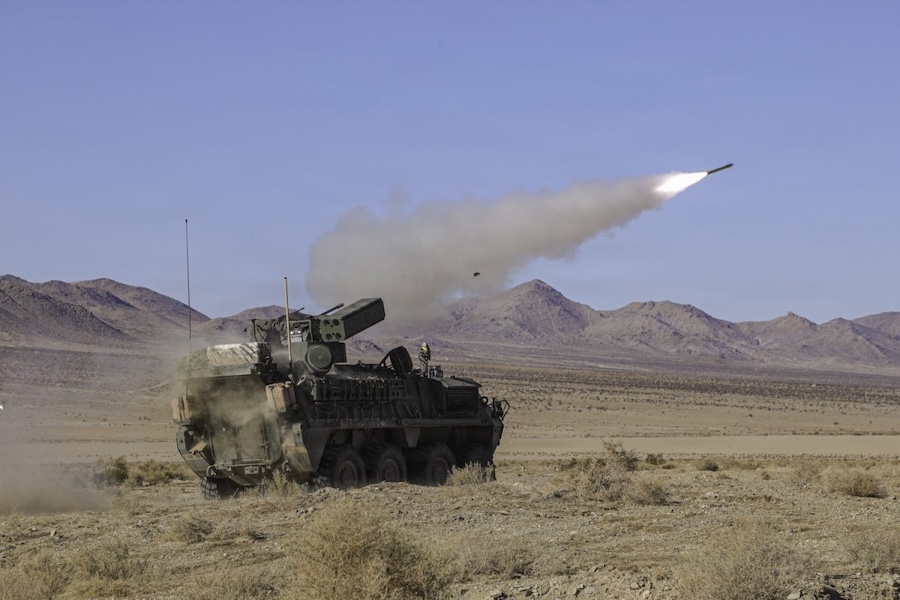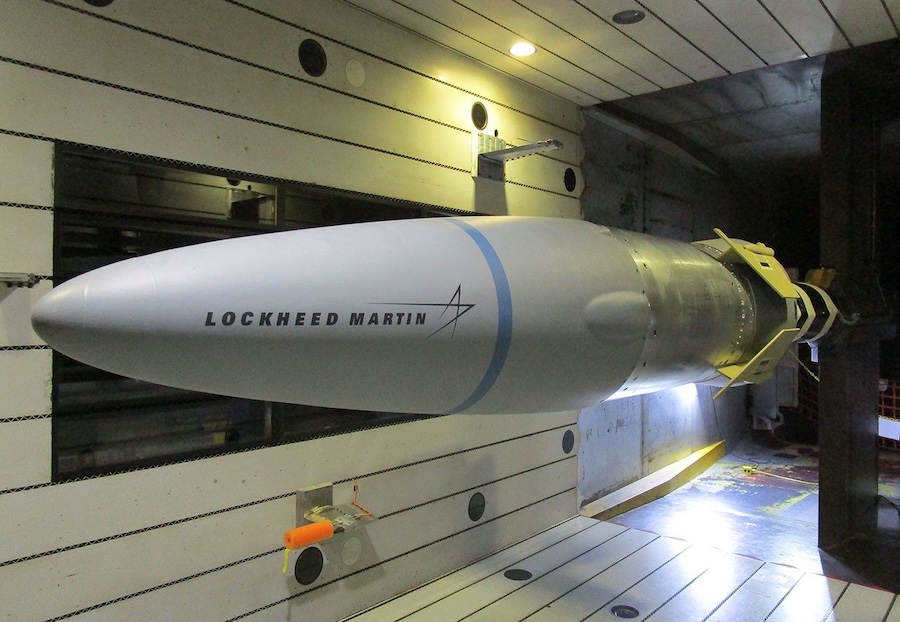The GE-ER was equipped with next-generation, commercially available long-range sensors operated by Army Soldiers during the event. These sensors enabled the UAS to detect and generate targets of interest at Multi-Domain Operations (MDO)-relevant ranges, despite exposure to electronic warfare threats.
Configured with modern Communications Intelligence (COMINT), Electronic Intelligence (ELINT), Synthetic Aperture Radar/Moving Target Indicator (SAR/MTI), and Mobile Ad Hoc Network (MANET) radios, the GE-ER demonstrated its versatile, open-architecture CMOSS (C5ISR Modular Open Suite of Standards) system. Flying at altitudes and distances beyond the reach of kinetic threats, the drone successfully identified and targeted enemy emitters and vehicles.
Army Soldiers also operated the drone using the laptop-based Expeditionary Ground Control System, reducing both logistical footprint and operational limitations. This setup allowed mission control from tents, buildings, or mobile shelters, enabling rapid redeployment without the need for significant infrastructure.
The GE-ER’s multi-sensor setup conducted persistent Detect, Identify, Locate, Report (DILR) operations while also supporting aerial mesh networking for ground units. This connectivity helped overcome terrain and range limitations, showing the drone’s capability to enhance situational awareness and coordination in complex environments.
The MQ-1C employed a combination of ELINT, COMINT, SAR, and Aerial Tier Network Expansion (ATNE) technologies to aid the Combined Joint Task Force (CJTF) in tracking and targeting enemy positions. GA-ASI President David R. Alexander said, “The Gray Eagle is a true workhorse,” noting the system’s rapid integration of third-party systems and its ability to “execute missions outside of the threat range, proving survivability against advanced threats.”
Source: GA-ASI (press release).








